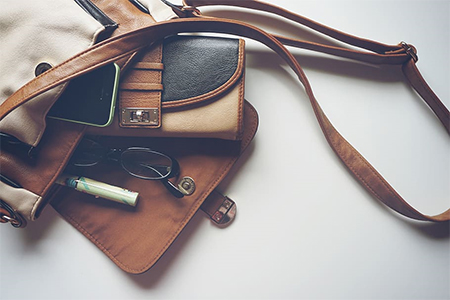It’s time to convince your patients to spend money on luxury eyewear.
Yes, we’re coming out of holiday season, and we’ve probably spent a lot on gifts; and, well, look at the economy. But these are precisely the reasons that it’s time to invest more in eyewear, not less, and take the leap to some luxury brands. The thinking may seem counterintuitive, but, in an age of aggressive branding, the omnipotence of influencer culture, and enough conspicuous consumption to make Alex P. Keaton feel uncomfortable, there’s an element to luxury eyewear that many wearers forget: quality. While many individuals may feel that they’re spending money on a name, it’s important to remind them that those names bring with them hallmarks of engineering, design, and longevity.
 Image from Bing Free Images |
Consider, though, a somewhat more expensive frame. Sturdy hinges, high-quality zyl that responds well to heating and adjustment and stands up to wear-and-tear, and hypoallergenic titanium that’s lightweight and durable. While your patient may spend a little bit more now, they’re saving themselves accumulating costs down the road to come to the optician when those cheaper frames get broken or easily get out of adjustment; time lost at the optician’s; more money buying another set of frames if (more likely when) they break. Consider that a patient could theoretically need to come back multiple times to get them readjusted; and potentially what they’ll think is the final time to get an entirely new pair of frames. How much have they lost in time alone? Paying a little bit more on one trip to the optician and a high-quality pair of designer frames saves patients money in the long run.
How then does the responsible optician convince their patient to part with more money now to save even more later? People are now more than ever mindful of their spending and open to discussing cutting back on expenses and saving where they can, so discuss viewing a pair of luxury frames as an investment. Wearers are mindful of lifestyle branding and aesthetics, and your POP and their own brand awareness will already have done a lot of heavy lifting for you in terms of convincing them that luxury frames look good. Your responsibility then is in reframing (no pun intended) buying luxury goods not as a splurge, indulgence, or frivolity, but an investment in their own financial futures. Luxury frames have a timelessness and are well-crafted with functionality and durability that transcend the present moment. A good pair of frames that are well-cared for and professionally serviced can last for years, allowing your patient to replace the lenses down the road, and free up insurance allowances for other things like contacts or sun wear. Several of my patients have maintained the same pair of luxury frames for years, accumulating backup pairs and sunglasses via their insurance. As the vast array of styles means that virtually everything is in vogue, there’s no fear of looking out of place in a few years.
Sometimes you have to spend money to make money—and sometimes you have to spend money to save money. That’s the important lesson as we enter 2023, and we can pass that lesson along to our patients with a piece of advice that’s sounder than it first appears: the time is now to invest in luxury eyewear.













